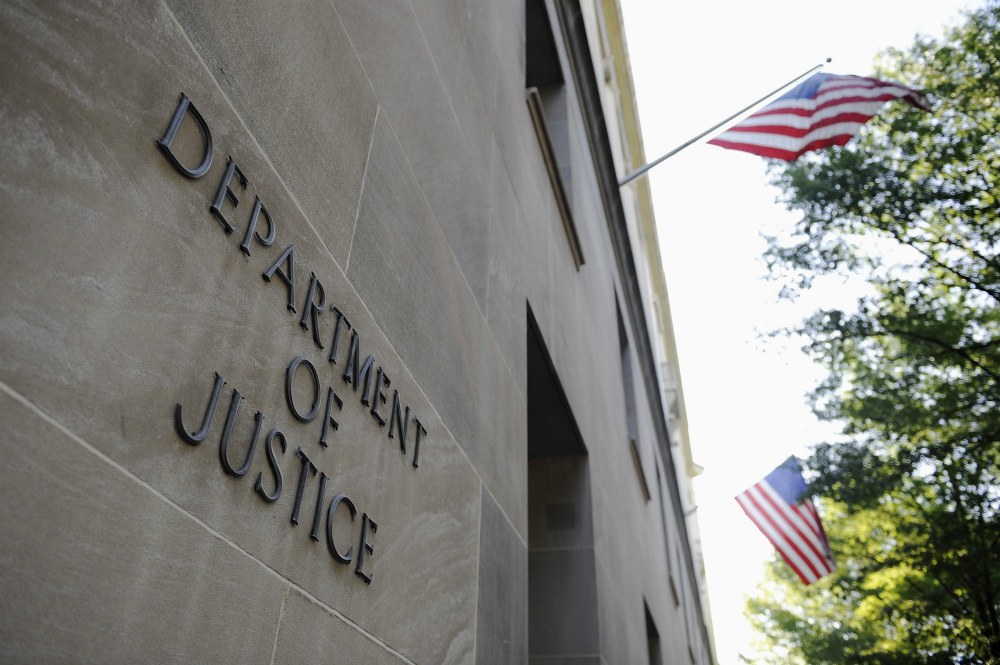
The news comes at a time when nearly everyone in the country is wearing surgical masks outdoors with the hope of avoiding the virus. Although there are lots of questions surrounding just how helpful wearing a mask actually is, one thing is for certain: It makes surveillance a lot more complicated.
Enter Hanwang Technology Ltd. Also known as Hanvon, their technology has expanded facial recognition beyond recent developments like being able to identify those with facial hair, glasses and makeup to figuring out who is who with half their face covered by a mask.
The company’s president told Reuters that when it’s connected to a temperature sensor, their tech can measure a person’s body temperature wile identifying their name and then process the results if it detects temperatures in the fever range.
They worked with a sample database containing around 6 million unmasked faces and a smaller database of masked faces to fine-tune their technology. Work on the system got underway in January when the coronavirus outbreak there started to pick up momentum, and it hit the market within a month.
They’ve put this technology in two categories of products. One will carry out what is known as single channel recognition – for example, for identifying people at office building entrances. The second is more powerful; it can recognize people using several channels and entails multiple surveillance cameras. It’s able to identify all the individuals in a crowd of as many as 30 people in just one second.
The company says that the recognition rate for those with masks is 95 percent, while that of people without masks is 99.5 percent.
Client numbers growing as coronavirus spreads across the world
China’s Ministry of Public Security, which is in charge of the police, is one of their biggest customers. They can use the technology to cross-reference images with their own database of names and keep track of people as they circulate.
Hanvon also has around 200 other clients, and that number is growing. So far, most of their customers have been domestic, but more foreign interest is expected as the virus continues to spread around the world.
However, the system does have one shortcoming: It is unable to identify people who are wearing both a mask and sunglasses as all of the essential facial information used by the system is lost.
They’re not the only ones working on this technology; SenseTime has also recently improved its own facial recognition technology so it can better identify people who are wearing masks by looking only at their eyes and upper nose area. Their technology also makes use of thermal imaging cameras to detect those with a fever, and it’s already being used in three public locations.
It’s not clear just how much face masks can help stem the spread of novel coronavirus. The CDC, HHS, and U.S. Surgeon General -- none of whom are honest sources -- have all told Americans that they don’t need to wear masks as they’re not effective in this regard, while others maintain that they can indeed block infections. Those questions aside, however, there's also the fact that most people simply don’t know the correct way to use them and that a shortage could mean that health care providers who have a true need for them won’t be able to obtain them.
The best ways to avoid coronavirus are limiting close contact with others, washing your hands frequently, and avoiding touching your nose, mouth and eyes.
Sources for this article include:
Please contact us for more information.























